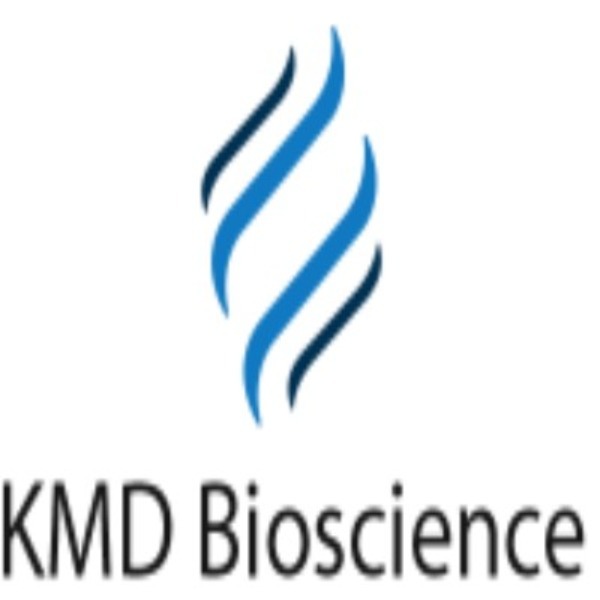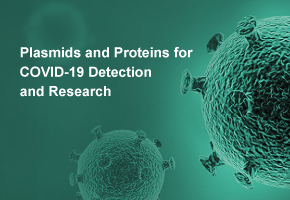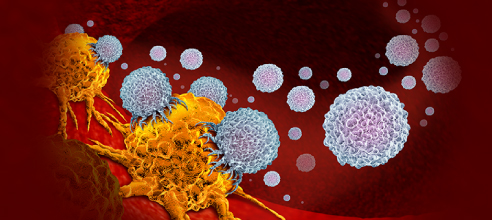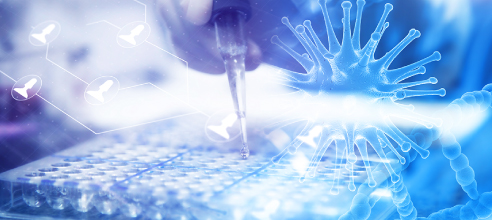Production of nano antibodies by immunizing alpaca
Nanobodies (Nbs), a new type of antibody, first discovered in camel blood by Belgian scientist Hamers et al. Compared with traditional antibodies, Nanobody, whose molecular weight is only about 15 KDa, does not have a light chain, only a heavy chain antibody (HcAb) and two conventional CH2 and CH3 regions. Therefore, it is called a nanoantibody and is the smallest unit known to bind to a target antigen. The specificity of HcAb depends only on variable domain called VHH. Recombinant production of VHH produces fragments called single-domain antibodies (sdAb) or nano antibodies.
1. Nano antibodies relative to the traditional advantages:
Compared with the traditional antibody, nano antibody has small molecular weight and simple structure. Thanks to the advantages of small molecular weight, nano-antibodies further have several characteristics, which make nano-antibodies show great potential in new drug discovery:
(1) More specific binding to the target, and can bind to sites that traditional antibodies cannot bind;
(2) Higher tissue penetration;
(3) Higher stability such as high temperature resistance;
(4) Suitable for industrial large-scale production;
(5) easier to transform and optimize;
(6) Easier to humanize;
2. Production method of nano antibody
Because of these characteristics of nano-antibodies, more and more research institutions and drug manufacturers pay attention to and try to use nano-antibodies in different scenarios. The development of nano antibodies is different from the traditional monoclonal antibody Production method by hybridoma, which generally selects candidate nano antibodies by immunizing alpaca, constructing phage library and displaying phage, and then carries out the verification experiment of binding to antigen after expression and purification of nano antibodies[1].
Phage display technology (i.e., nano antibody technology) is a biotechnology that inserts the DNA sequence of a foreign protein or polypeptide into the appropriate position of the structure gene of the phage coat protein, usually the P3 protein of the M13 phage, so that the foreign gene is displayed on the surface of the phage with the expression of the coat protein. The advantage of phage display is that it displays the diversity of mutant antibody genes in the nanoantibody library, and the surface of each recombinant phage (commonly used phage is M13 phage) displays different antigen-binding domains. Compared with the traditional hybridoma method, Phage display technology has a very prominent efficiency advantage in the level of antibody gene display and screening (such as hybridoma fusion efficiency is general < 0.4%, which is about 4 fusion cells out of 1,000 fusion cells; Phage display can easily obtain 108-109 correct antibody sequences).
Figure1 alpaca(source of the picture:alpaca)
3. Production process of nano antibody
Compared with traditional monoclonal antibodies, the Production of nano-antibodies has great advantages. It can be summarized as immunizing alpacas to obtain antibody genes and phage display to obtain target antibody sequences. It is mainly divided into four steps: alpaca immunization, phage library construction, antibody library screening, antibody expression and functional verification.
In order to build an immune pool, young, healthy llamas, dromedaries, alpacas, etc. must first be immunized. Typically, animals are injected 4-8 times with a mixture of target antigens and adjuvants over a 2-month time span. Generally, each injection is about 50-200μg immunogen; The exact amount obviously depends on the molecular weight of the antigen, but more on its immunogenicity and/or toxicity.
Immunogen type: The use of soluble, correctly folded recombinant proteins is preferred, and there is also direct DNA immunity. Up to 10 proteins are usually mixed to immunize animals, but more complex mixtures have also been used (e.g., protein extracts from viruses, bacteria, parasites, whole mouse spleen cells, or cancer cells).
To increase the likelihood of a specific epitope successfully acquiring a nano antibody, immunizing more than one animal is recommended. They are inbred animals, and each one produces a unique immune response, obtaining a larger panel of nano antibodies from which to select the best-performing nano antibodies.
Some studies have shown a higher proportion of HCAb antibodies than classical antibodies in camels or dromedaries compared to llamas and alpacas. After immunization, 50-100 ml of anticoagulant blood (usually from the jugular vein, although lymph node biopsy is also a good raw material) is taken, lymphocytes are prepared and mRNA is extracted. The mRNA is converted to cDNA for amplification of the VHH gene (two-step nested PCR).
Some molecules, such as RNA or DNA, are not immunogenic and cannot stimulate the production of HCAb, or some compounds are too toxic, infectious, or harmful to animals or the environment, in which case a natural library of nano antibodies or a synthetic library of nano antibodies can be envisioned[2]
In order to be able to screen high-affinity nano antibodies, the size of the natural antibody library is generally 109-1010, of which about 80% should encode nano antibodies. To build such a large and diverse library of natural nano antibodies, blood needs to be collected from multiple animals (at least 10 animals to avoid bias in HCAbs due to allergies or previous infections). There are an estimated 106 lymphocytes per mL of blood, and given that only a small fraction of them are B cells, about 50% of which may express HCAb, 10L of blood is needed to build a nanoantibody library of 1010 different VHH clones.
Combining in vitro antibody maturation techniques, such as DNA recombination, error-prone PCR, and random primers, can increase the diversity of complementary determining regions (CDRs), as well as the specificity and affinity of the nanobodies. Phage display and ribosome display are two main strategies for screening nanomes from natural antibody libraries[3].
KMD Bioscience has established a complete and mature phage antibody display technology platform. Based on the phage display technology platform, KMD Bioscience can provide major experimental links including antigen design, alpaca immunity, library construction and screening, and activity function verification, and provide highly specific and high-affinity alpaca VHH antibodies to scientists around the world. In addition, KMD Bioscience has rich experience in antibody engineering construction, and can provide three-dimensional antibody upstream and downstream services, including antibody humanization service, human scFv antibody library construction service, human Fab antibody library construction service, human antibody phage library Production service, phosphorylated antibody customization service, antibody affinity maturation service, etc.
This article serves as a reference material for enthusiasts in scientific research. It does not substitute for professional knowledge or hands-on experimental procedures which require more detailed and professional information. In case of any content infringement, kindly reach out to the author for immediate deletion of the contentious material.
Reference:
[1] Muyldermans S. Nanobodies: natural single-domain antibodies. Annu Rev Biochem. 2013;82:775-97.
[2] De Genst E, Saerens D, Muyldermans S, Conrath K. Antibody repertoire development in camelids. Dev Comp Immunol. 2006;30(1-2):187-98.
[3] Rossotti MA, Trempe F, van Faassen H, Hussack G, Arbabi-Ghahroudi M. Isolation and Characterization of Single-Domain Antibodies from Immune Phage Display Libraries. Methods Mol Biol. 2023;2702:107-147.
- Like
- Reply
-
Share
About Us · User Accounts and Benefits · Privacy Policy · Management Center · FAQs
© 2025 MolecularCloud




